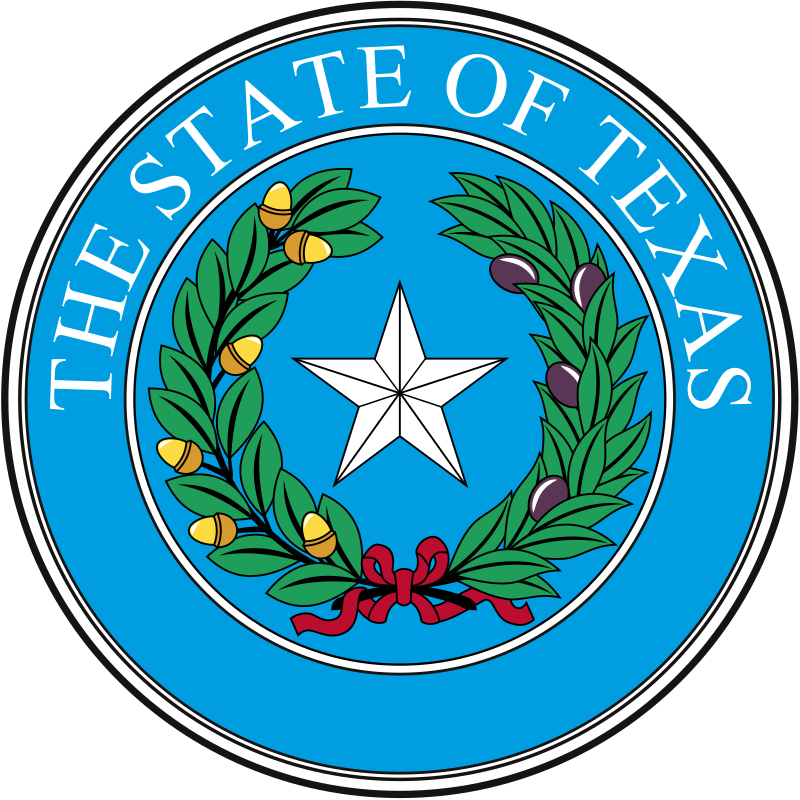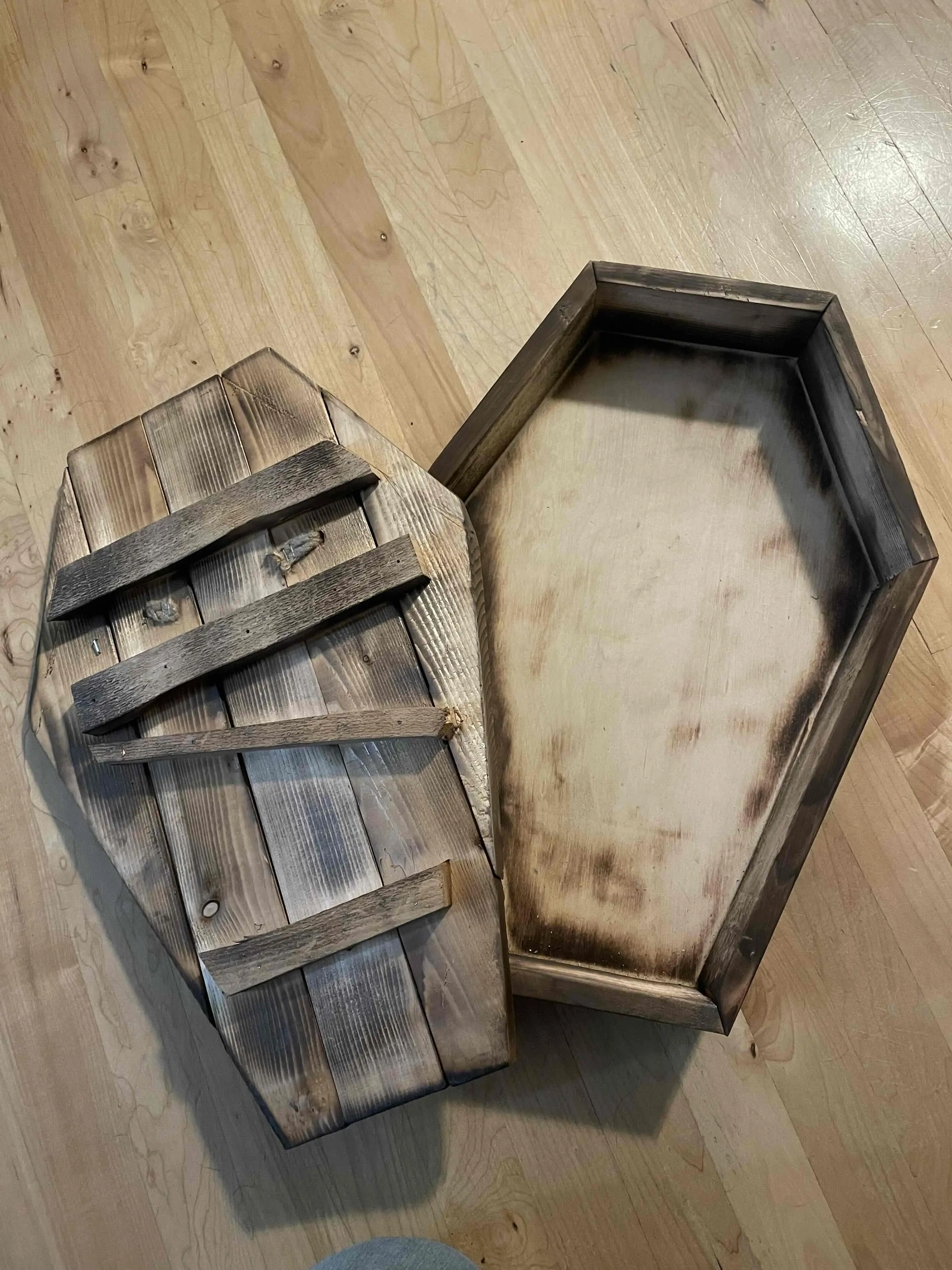

We definitely get most of our groceries from standalone grocery stores. For the most part, you drive right to it.
I just looked at some Sydney shopping centres, and they look much like our malls on the inside (except for groceries), but it seems like they are much more integrated in the neighborhoods. It looks like parking garages are more popular there than the giant lots here.
I just looked at the dead mall wikipedia page, and it has a picture of the century 3 mall. That’s a good example of what they look like here; separate from where people live, and surrounded by big lots. You can actually see the strip malls that replaced it all around it.







Lots of dudes with chinstrap beards and monster energy drink bumper stickers drive wrx’s. That’s an easy dui target.